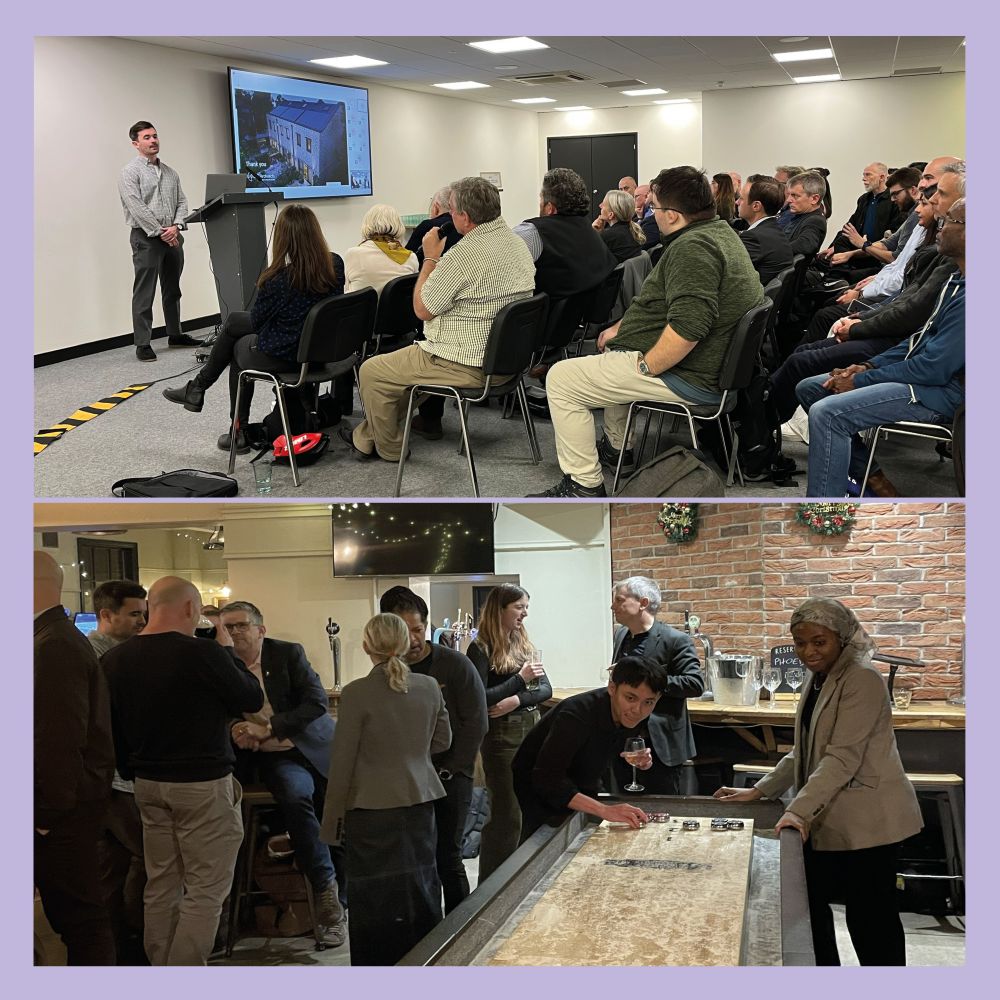14.12.2023
Keegans is proud to deliver another successful project for Abri Group.
Thank you for getting in touch. We will be in contact shortly.
Park Reach is a 6-storey residential building located in Southampton. The works included the replacement of combustible ACM external wall cladding and insulation, to both the cladding and brickwork sections, and replacing them with non-combustible materials, including the replacement of defective cavity barriers.
Our team approached this project collaboratively with Abri Group and Design Build Facades. We utilised our expertise in Fire Safety, Project Management and Cost Consultancy to deliver a high-quality safe building for residents.
You can view the project here.

What is the latest FRAEW Process?
Following an RICS led cross-industry working group investigation into best practices when reporting and valuing tall buildings within the secured lending arena, a revised standard process has been published together with a revised EWS1 form which was updated to reflect the Government Building Safety announcement, notably the immediate withdrawal of the Consolidated Advice Note (CAN) and the publication of BSI PAS9980:2022 – Assessing the external wall fire risk in multi-occupied residential buildings.
There is a requirement for a fire safety risk assessment of the external wall system to be conducted by a suitably qualified, and competent professional for buildings with a residential floor height above 18 metres (six storeys) and some 4/5 story buildings that have a significant element of external cladding.
The requirements are as set out in the RICS guidance note 'Cladding for Surveyors' - https://www.rics.org/globalassets/rics-website/media/news/news--opinion/fire-safety/cladding-for-surveyors-supplementary-info-paper-1.pdf
What classifies a building as a high fire risk?
A high fire risk building in the UK is a building that is subject to more stringent regulations and oversight due to the potential consequences of a fire. The definition of a high fire risk building depends on whether the building is in the design and construction phase or the occupation phase.
According to the Building Safety Act 2022 and the Higher-Risk Buildings (Descriptions and Supplementary Provisions) Regulations 2023.
A high fire risk building during the design and construction phase is a building that is at least 18 metres in height or has at least seven storeys and contains at least two residential units, a care home, or a hospital. However, some buildings are excluded from this definition, such as secure residential institutions, hotels, and military barracks.
A high fire risk building during the occupation phase is a building that is at least 18 metres in height or has at least seven storeys and contains at least two residential units. This definition excludes buildings that are regulated as workplaces under the Fire Safety Order, such as care homes, hospitals, secure residential institutions, hotels, and military barracks.
How do I determine if my building is a high fire risk?
There is no definitive answer to whether your building is a high fire risk, as different factors may affect the level of risk. However, you can use a fire risk assessment to evaluate the potential hazards and risks in your building and determine the appropriate measures to reduce them. A fire risk assessment is a legal requirement for all premises that the public has access to, as well as for businesses and blocks of flats.
What steps are involved in a fire risk assessment?
A fire risk assessment involves five steps:

07.11.2025
Knowledge Café November 2025Learn more about our recent Quarterly Knowledge Cafe and social.
Thank you for getting in touch. We will be in contact shortly.